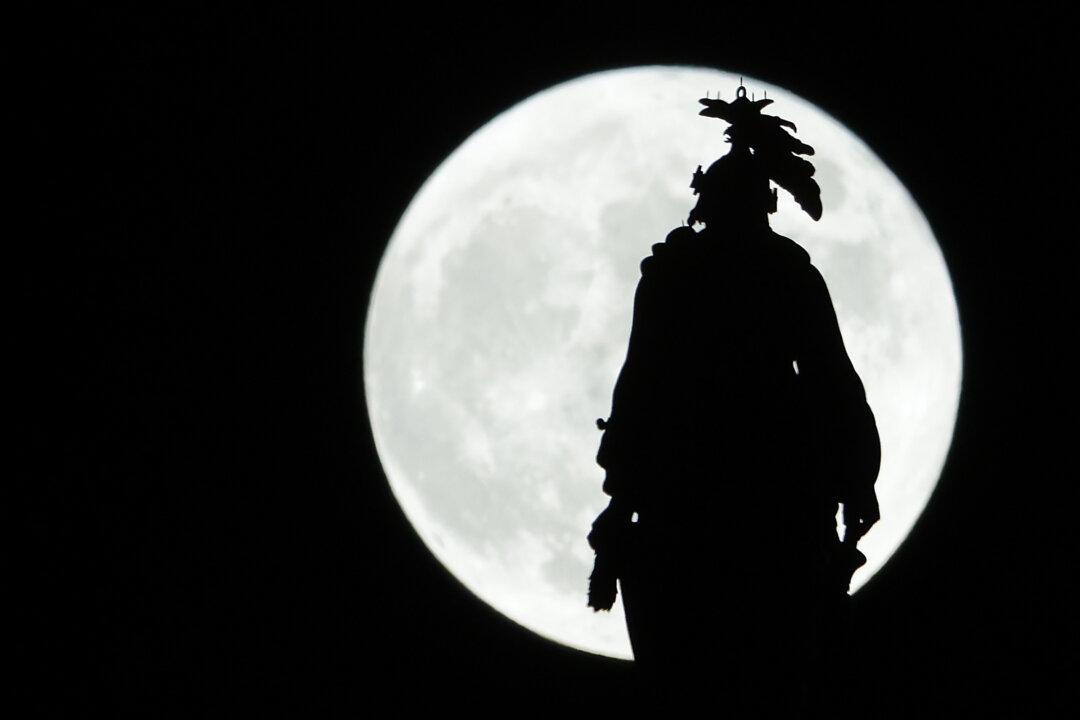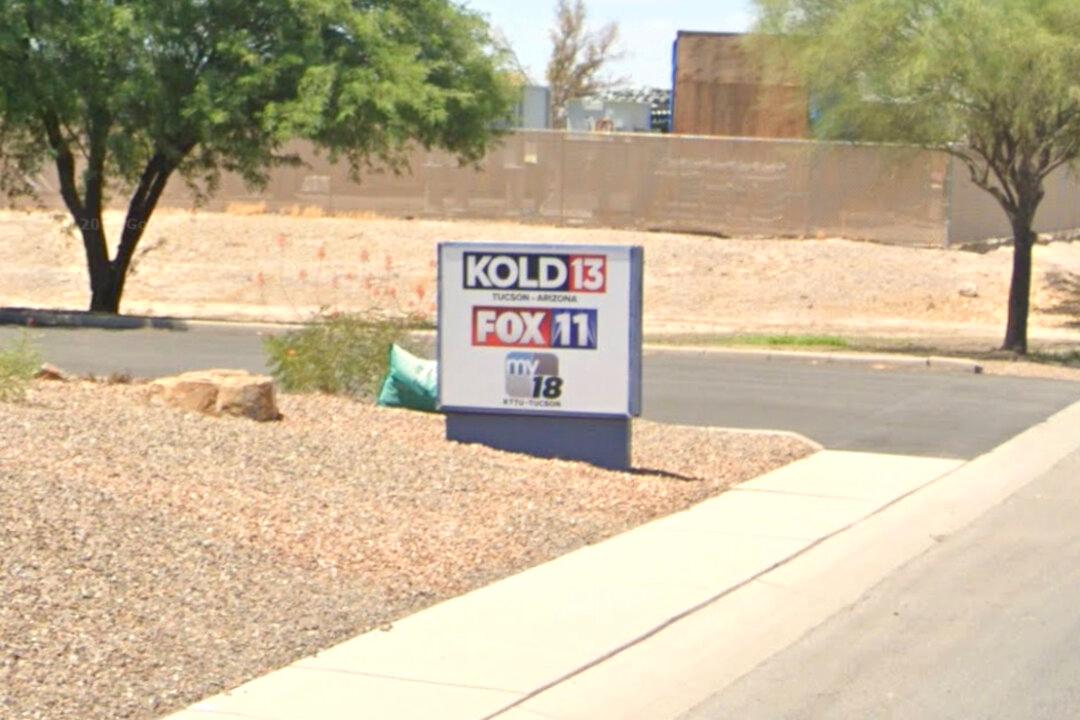October’s full moon, also known as the Hunter’s Moon, will be a supermoon that is set to appear this week on Oct. 17.
The upcoming supermoon will rise on Thursday at 7:26 a.m. EDT, according to NASA. The moon will be below the horizon at that time “so wait until sunset to watch it rise and take its place in the sky,” according to the Old Farmer’s Almanac. The moon will appear full from Tuesday evening through Friday morning.





